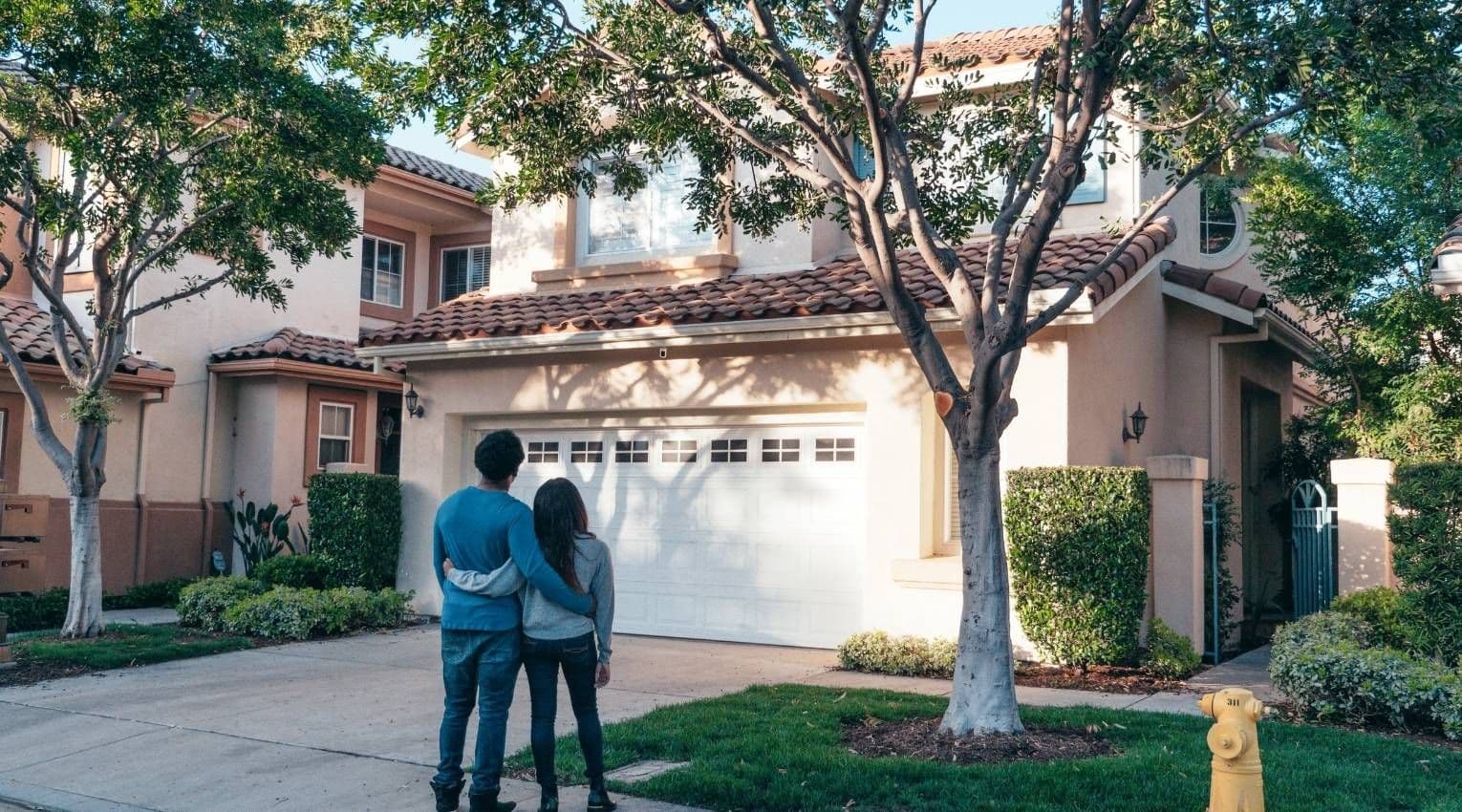4 Hidden Retirement Costs—and How to Reduce Them

Last updated September 18, 2025
If you’re saving for retirement, you’re on the right track compared to most Americans. A recent Gallup poll found that 40% of Americans don't have a retirement savings plan. If you are saving, are you saving enough?
Common advice dictates saving 10 to 12 times your current income for that nest egg. Sometimes the formula isn’t that simple, especially when you take hidden or unexpected costs into account.
The good news? With a little extra planning, you can combat these hidden costs.
Cost #1: Retirement Account Fees
When you’re saving, a little money can add up over the long term. Unfortunately, the same holds true for retirement account fees.
Most fees range from 1–2%, which may sound insignificant. But according to CNBC, someone with “2% in fees will run out of money 10 years sooner” than those with 1%.
How to Reduce It
There are two steps to saving more of what’s yours.
Step 1: Read the fine print. Ask for a copy of your prospectus. It’s in this tedious, but telling, document that you’ll find your expense ratio or how much your investment company charges to manage your account.
Step 2: Determine your tolerance. If you’re happy with the returns, perhaps the fees are manageable. For most, however, the risk outweighs the rewards. Business Insider recommends dumping that actively managed fund for an index. The latter matches with the S&P 500, for example, to give you broad exposure and lower operating expenses.
Cost #2: Health Care
Your health is essential to truly enjoying retirement. The fact is we’re living longer as a nation—and need to plan accordingly. A 2025 Fidelity Investments’ Retiree Health Care Cost Estimate report found that a 65-year-old who retired in 2025 can expect to spend $172,500 on health care throughout retirement.
How to Reduce It
Health care costs will rise. Accordingly, add a line item in your budget for those unpredictable under-the-weather days. If you plan to retire before 65, consider adding a little more padding to cover health insurance premiums pre-Medicare.
Cost #3: Transportation
From gas to insurance, maintenance to repairs, your car expenses add up. It’s likely you’ll spend 12% or an average of more than $7,000 for transportation in retirement.
How to Reduce It
Your car is an extension of your identity—and freedom. Downsizing to one car may be a difficult decision but can cut your expenses in half. If you’re already in a one-car house or are looking for cheaper ways to supplement your one car, look to public transportation and car-sharing services like Zipcar.
Cost #4: Housing
Roof replacement, boiler maintenance, appliance servicing: Housing costs weigh in at a hefty 33.9% of expenses for those 65 and older. Just as we age, so too does our dwelling. Regular upkeep is part of owning your home.
How to Reduce It
If you plan to stay in your home, pay off as much of your mortgage as you can. The less you have in monthly payments without a steady income, the better. If you’re open to moving, set the stage to sell by doing some surface upgrades. This can help flip your house more quickly when the time comes to relocate.
The Upside to Asking for Help
Planning for retirement is personal, but you don’t have to do it alone. Talk to retired friends, family, and colleagues for advice and guidance.
If retirement seems closer than you realized and you’re having doubts about your finances, your equity can help you save for and fund your retirement. A reverse mortgage alternative, Hometap gives you access to the equity you’ve built up in your home in cash—without monthly payments.
Tap into your equity with no monthly payments. See if you prequalify for a Hometap investment in less than 30 seconds.
You should know
We do our best to make sure that the information in this post is as accurate as possible as of the date it is published, but things change quickly sometimes. Hometap does not endorse or monitor any linked websites. Individual situations differ, so consult your own finance, tax or legal professional to determine what makes sense for you.



